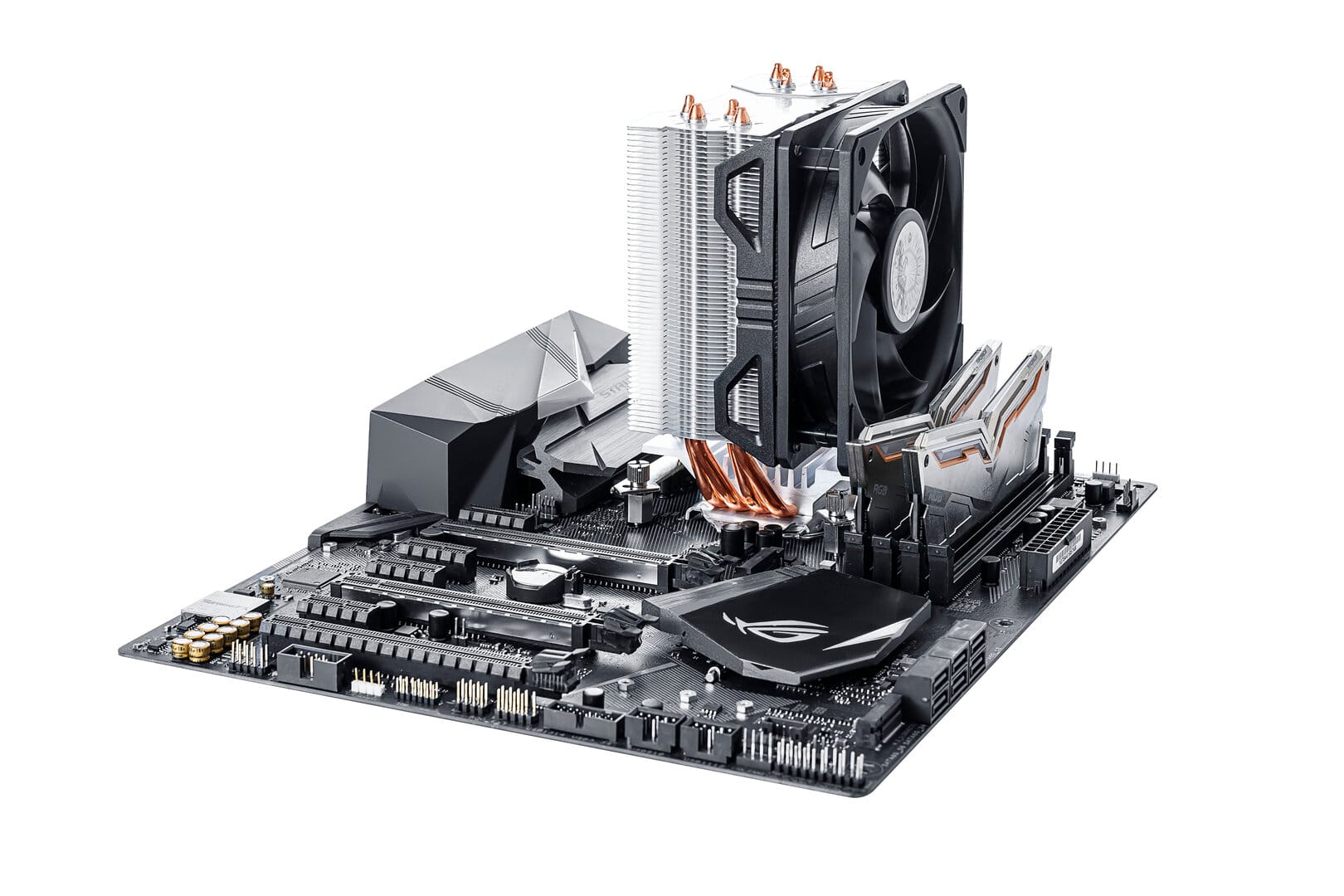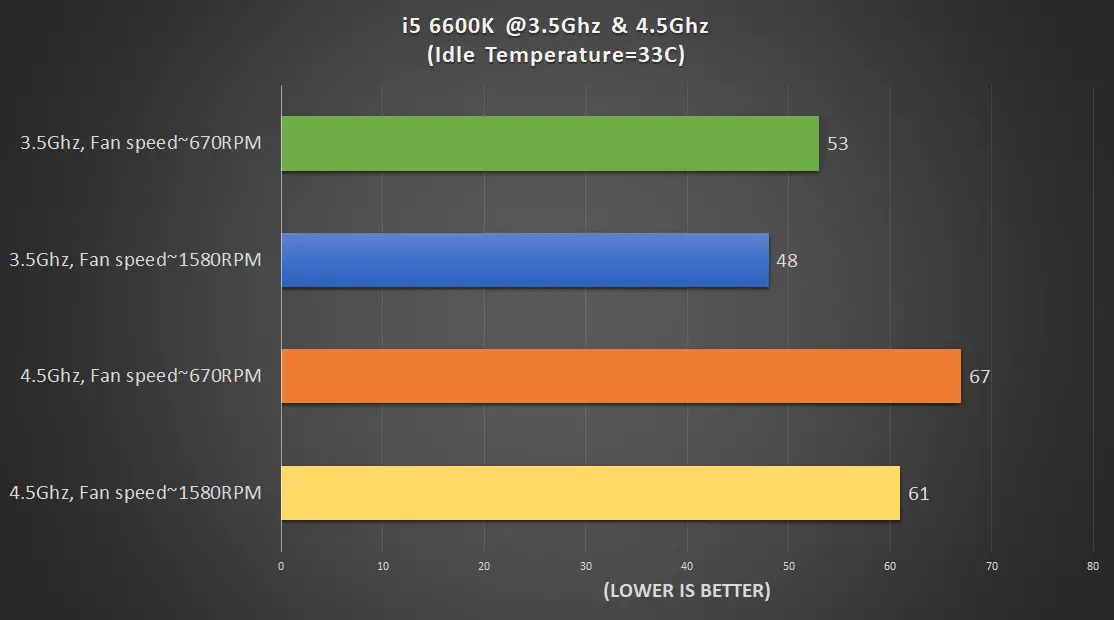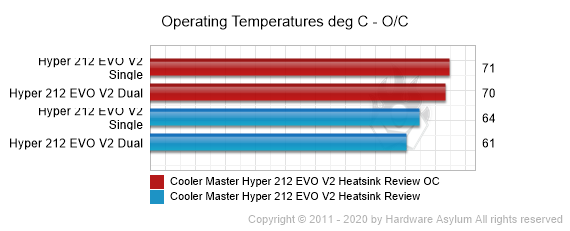

That means even the largest graphics cards and the Contac Silent 12 can coexist on most any motherboard.Īll in all, the Thermaltake Contac Silent 12 is easy to install. With this cooler, we also didn’t see any issues with clearance over the board’s first PCIe slot. Even with the tall heatsink on our test system’s memory modules, there was still enough room to allow for airflow to the fan. Once it was mounted, we were happy to find that the Contac Silent 12 didn’t obstruct any of our board’s DIMM slots. A leaf spring running across the base of the cooler then holds the assembly in place. Like AMD’s stock coolers, one needs to clip the bracket down by pressing down on the clips until they lock into place on the Socket AM4 mounting hooks.
Hyper 212 evo review install#
With the fan in place, the last step is to install the Contac Silent 12 onto the board. The best way we found to mount the fan evenly is to press in one fan clip first and then count the number of fins up to the lower wire of the clip so that the process can be repeated on the other side of the cooler. This assembly then clips between the fins on the tower. First, builders will have to put the metal hook on each end of the clip through the holes on the fan that would be used for screws. No matter what type of CPU is going underneath the Contac Silent 12, builders will want to install the fan using the included pair of wire clips.


Once this adapter is in place on an Intel board, the cooler mounts to the bracket the same way it would with an AMD platform. To mount the cooler to an Intel socket board, builders need to use the included adapter, which uses the same push-pin mechanism as Intel’s stock heatsinks. The preinstalled clip system works like AMD’s own stock heatsinks, so it can mount on all recent AMD sockets, including the new-and-slightly-modified AM4 mounting hooks. To keep life simple, Thermaltake takes advantage of AMD’s factory mounting system with the Contac Silent 12. This cable sits between the fan and the PWM header and reduces the RPM range to 400-1100 RPM.

This fan features a low-noise hydraulic self-lubricating bearing for long life, and it can be controlled using a PWM signal from most any modern motherboard for quiet operation.ĭespite its wide 500-RPM-to-1500-RPM PWM range, Thermaltake includes a throttling mechanism it calls a “low-noise cable” that builders can use if they feel like reducing any potential racket from the cooler. Thermaltake pairs this cooler with a single 120-mm fan to keep air flowing over those fins. These aluminum fins are each 0.4 mm thick, and they’re spaced 2.2 mm apart to allow for optimal airflow. Like most tower heatsinks, the Contac relies on a stack of fins to dissipate the heat that is being transferred away from the CPU by the copper heat pipes. The direct-contact arrangement theoretically allows for the most effective transfer of heat away from the CPU and into the cooling fins. This heatsink uses a direct-contact design, so the copper heat pipes run under the bottom of this plate. The base plate of the Contac Silent 12 cold plate is made of aluminum. The tower measures in at 6″ (153 mm) high and 5″ 127 mm wide, just a few millimeters shorter and a bit wider than Cooler Master’s evergreen Hyper 212 Evo. The tower-style construction of the Contac Silent 12 features the usual copper heat pipes and aluminum fin stack we expect from air coolers these days. To capitalize on this renewed interest in AMD-compatible heatsinks, Thermaltake cooked up the Contac Silent 12, a Socket AM4-ready cooler that can snap onto Ryzen motherboards right out of the box. Many air and liquid CPU coolers have come out recently for builders exploring an AMD Ryzen system.


 0 kommentar(er)
0 kommentar(er)
